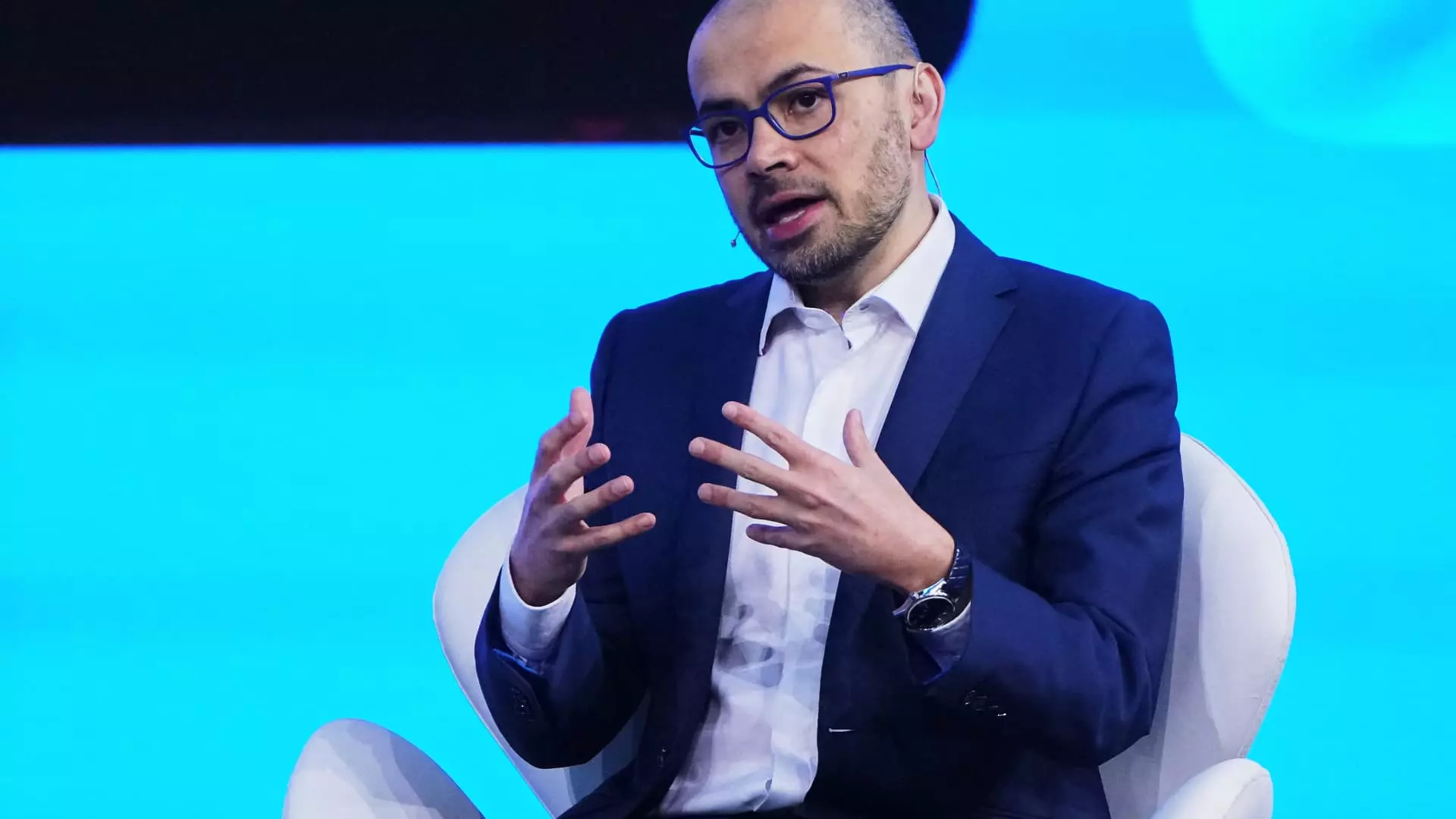Recent discussions have centered on the AI model released by Deepseek, a Chinese company that has caught the attention of industry leaders, including Demis Hassabis, the CEO of Google DeepMind. While Hassabis has praised Deepseek’s work as potentially the best to emerge from China, he cautions against overstating its significance in terms of scientific innovation. The excitement surrounding Deepseek originates from its claim of achieving remarkable results at a fraction of the cost and with less advanced hardware compared to its Western counterparts. This announcement triggered a tumultuous reaction in financial markets, leading to fears that tech giants may be over-investing in AI infrastructure.
Deepseek’s model, which focuses on efficient engineering practices, indicates that the firm has skills that challenge the existing paradigms of AI development. As Hassabis noted in a recent event in Paris, although the model can perform well and operates on lower costs, it relies heavily on established techniques within the AI community. This raises a pertinent question: can we label incremental advancements as revolutionary, or do we risk diluting the discourse around genuine innovation?
Hassabis’s reflections reveal a dichotomy within the AI landscape. On one hand, there is a clear acknowledgment of Deepseek’s capabilities; on the other, there is a pointed critique regarding the lack of groundbreaking scientific work associated with their model. While Google has unveiled its Gemini 2.0 Flash models, which allegedly provide greater efficiency, the implications of Deepseek’s emergence create an unsettling narrative for established companies.
Hassabis suggests that the AI community should not simply label Deepseek’s success as a major leap forward but rather as a testament to effective engineering. This distinction is crucial for evaluating the competitive landscape in the burgeoning AI market. Discerning between genuine technological advancements and capabilities that rely on foundational methodologies will be imperative as the AI race intensifies.
As the conversation around AI models evolves, another critical aspect has surfaced: the pursuit of Artificial General Intelligence (AGI). Hassabis believes that the industry is inching closer to achieving AGI—an AI that mirrors the cognitive capabilities of humans. His assertion that we might be merely a few years away from reaching this milestone has ignited conversations regarding societal readiness and the implications that come with such technology.
The notion of AGI brings forth serious ethical considerations. Leading voices in AI, such as Sam Altman of OpenAI, reinforce the idea that the blueprint for AGI is becoming clearer, yet this path is fraught with challenges. The fear that humans may lose oversight over increasingly autonomous systems has been echoed by prominent AI scientists like Max Tegmark and Yoshua Bengio. Such perspectives underscore the necessity of establishing strict protocols and ethical guidelines as we transition towards AGI.
As we stand on the cusp of potentially realizing AGI, the wider social implications of such advancements must not be underestimated. Hassabis stresses that while the benefits of AGI could be substantial, it is equally essential to address the associated risks. As AI systems evolve to possess human-like cognitive functions, it is crucial that we prioritize frameworks that ensure societal welfare and equitable access to the benefits of such technology.
Ultimately, the dialogue surrounding Deepseek and AGI transcends mere technological advancements; it forces stakeholders to confront deeper philosophical questions about the relationship between humanity and the intelligent systems we create. In an era where the line between human cognition and artificial processes is increasingly blurred, it is imperative to advocate for responsible development and deployment of AI technologies, ensuring that society at large reaps the rewards without incurring undue risks.
The developments surrounding Deepseek’s model remind us that the AI landscape is an ever-evolving tableau of potential and peril. As we navigate these uncharted waters, a critical approach to innovation will be key to shaping a future where AI serves humanity positively.

